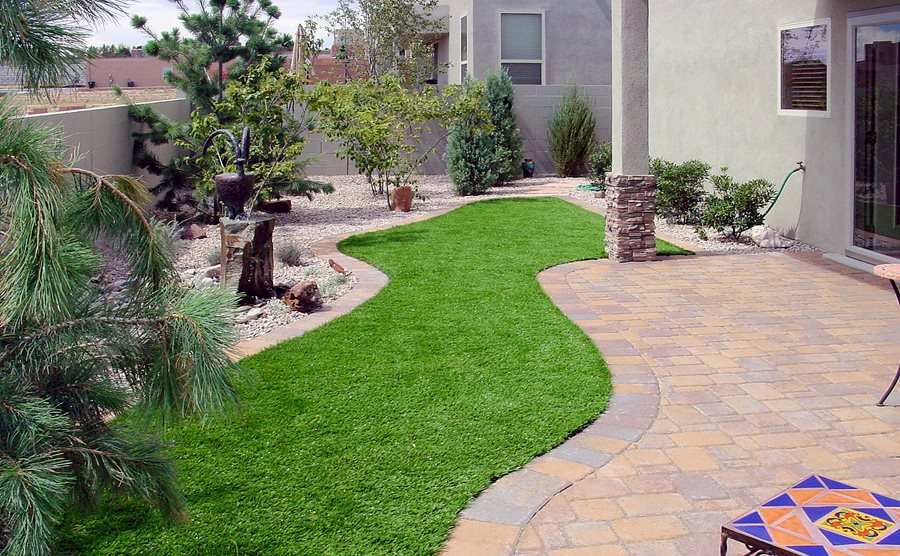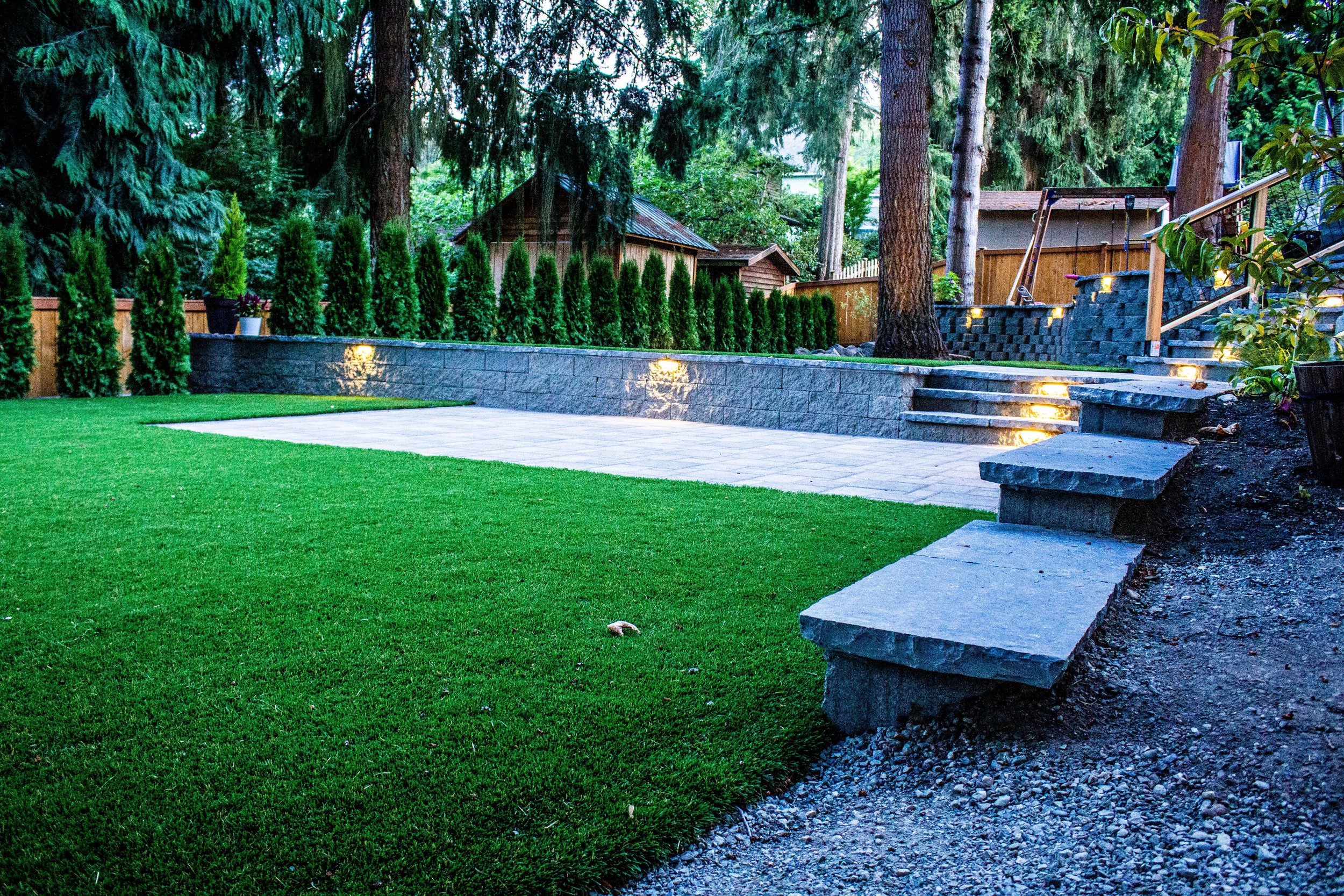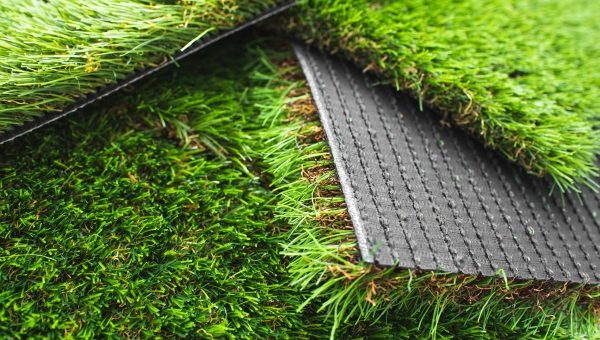Look Into the Environmental Perks of Opting for Synthetic Grass Solutions
The adoption of synthetic lawn services presents a compelling opportunity to deal with pushing environmental obstacles. By dramatically lowering water usage and lessening the application of damaging chemicals, these choices not only advertise lasting landscape design however also secure local ecological communities.
Water Conservation Perks
One of one of the most substantial advantages of fabricated grass is its capability to save water. Traditional grass yards need significant watering, specifically in locations susceptible to drought or water limitations. In contrast, synthetic grass does not need watering, significantly minimizing the total demand for water resources. This attribute is especially beneficial in deserts where water deficiency is a pressing problem.
By getting rid of the demand for regular watering, synthetic grass adds to lasting landscape practices and assists minimize the ecological impact of too much water consumption. The preservation of water prolongs to the decrease of runoff, which can lead to dirt erosion and river contamination.
Additionally, the installation of fabricated grass permits districts and property owners to allot water sources much more effectively, concentrating on important usages such as alcohol consumption water and agriculture. The change towards man-made grass not just advertises liable water usage but likewise lines up with broader ecological objectives focused on protecting all-natural sources.
As communities progressively prioritize sustainability, the water preservation benefits of synthetic grass provide a compelling case for its fostering in business and household landscape design jobs.
Minimized Chemical Usage
The change to fabricated turf substantially lowers the reliance on chemical treatments generally used in all-natural grass maintenance. Typical turf administration generally entails the application of pesticides, herbicides, and fertilizers to advertise growth and control parasites. These chemicals can position dangers to human health and wellness, neighborhood wildlife, and the environment, adding to dirt and water contamination.
In comparison, synthetic grass eliminates the demand for these unsafe compounds. Once mounted, it needs marginal upkeep, largely containing routine cleansing and irregular infill replenishment. This reduction in chemical use not just profits the instant atmosphere yet additionally adds to broader ecological stability. By reducing the release of synthetic compounds right into the ecosystem, synthetic grass advertises healthier soil and water supply.
Furthermore, the absence of chemical drainage connected with synthetic grass setups helps secure local rivers from pollution, sustaining water life and keeping biodiversity. Phoenix turf companies. As areas progressively focus on lasting techniques, selecting synthetic grass offers a viable service that lines up with environmental preservation goals. With this shift, homeowner can delight in lavish environment-friendly areas without endangering eco-friendly health and wellness, paving the method for a much more lasting future
Reduced Carbon Impact

Moreover, the installation of synthetic grass can lead to considerable water preservation. All-natural grass call for substantial quantities of water for watering, which not just contributes to the carbon impact related to water removal and therapy yet additionally pressures neighborhood water resources. On the other hand, synthetic grass requires marginal upkeep, requiring no watering, thereby considerably decreasing water usage and its connected power expenses.
Furthermore, the durability of man-made lawn adds to its lower carbon impact. With a life expectancy of approximately 15 years or more, the demand for frequent replacements is diminished, resulting in less waste and reduced power usage in manufacturing and taking care of traditional grass options. On the whole, man-made grass provides a sustainable option for eco aware landscape design.
Environment Preservation
Environment conservation is an essential factor to consider in the discussion over landscaping choices, specifically when contrasting synthetic grass to natural yard. Natural turf lawns typically require substantial upkeep, including using fertilizers, chemicals, and herbicides, which can detrimentally affect regional ecological communities. These chemicals can seep right into the soil and rivers, damaging indigenous flora and fauna and interrupting local habitats.
Fabricated turf eliminates the need for damaging chemicals, consequently shielding neighboring wild animals and preserving the honesty of bordering ecosystems. The installation of synthetic grass can lead to the conversion of previous yard areas right into even more biodiverse landscapes, such as pollinator yards or native plant locations, which can sustain regional wildlife.
Ultimately, the change to fabricated lawn not just saves water and decreases maintenance efforts but also fosters a more visit here harmonious connection in between human tasks original site and the natural setting, advertising habitat preservation at the same time.
Long-Term Sustainability
Long-term sustainability is a crucial consider evaluating the advantages of artificial grass over standard grass lawns. One of one of the most substantial advantages of synthetic grass is its durability; it can last approximately 15-20 years with marginal upkeep, whereas natural lawn requires frequent reseeding and replacement. This longevity decreases the requirement for consistent sources, such as water, plant foods, and pesticides, which are essential for preserving a healthy yard lawn.
In addition, synthetic lawn contributes to a decrease in carbon emissions related to yard care tools. Conventional grass often require gas-powered lawn mowers, leaners, and blowers, all of which add to air contamination. Arizona artificial turf. On the other hand, synthetic grass gets rid of the demand for such equipment, promoting a cleaner setting
Furthermore, the manufacturing of artificial grass increasingly utilizes recycled materials, improving its sustainability account. As suppliers adopt eco-friendly practices, the environmental impact of synthetic grass continues to reduce.

Verdict
The adoption of synthetic grass options provides significant ecological advantages, consisting of substantial water preservation, reduced dependence on damaging chemicals, and a lower carbon impact. Fabricated turf aids in maintaining natural environments by minimizing land disturbance and promoting lasting sustainability with the usage of resilient products. Jointly, these factors highlight the possibility of synthetic grass to add favorably to environmental health and use a sensible alternative to standard landscape design methods in a significantly resource-conscious globe.
In comparison, fabricated turf does not need watering, substantially decreasing the overall need for water sources. By reducing the release of synthetic substances right into the ecological community, synthetic lawn advertises healthier soil and water systems.
In addition, the installment of fabricated turf can result in substantial water preservation. In contrast, man-made turf requires minimal upkeep, calling for no watering, click now thereby dramatically lowering water use and its connected power costs.
